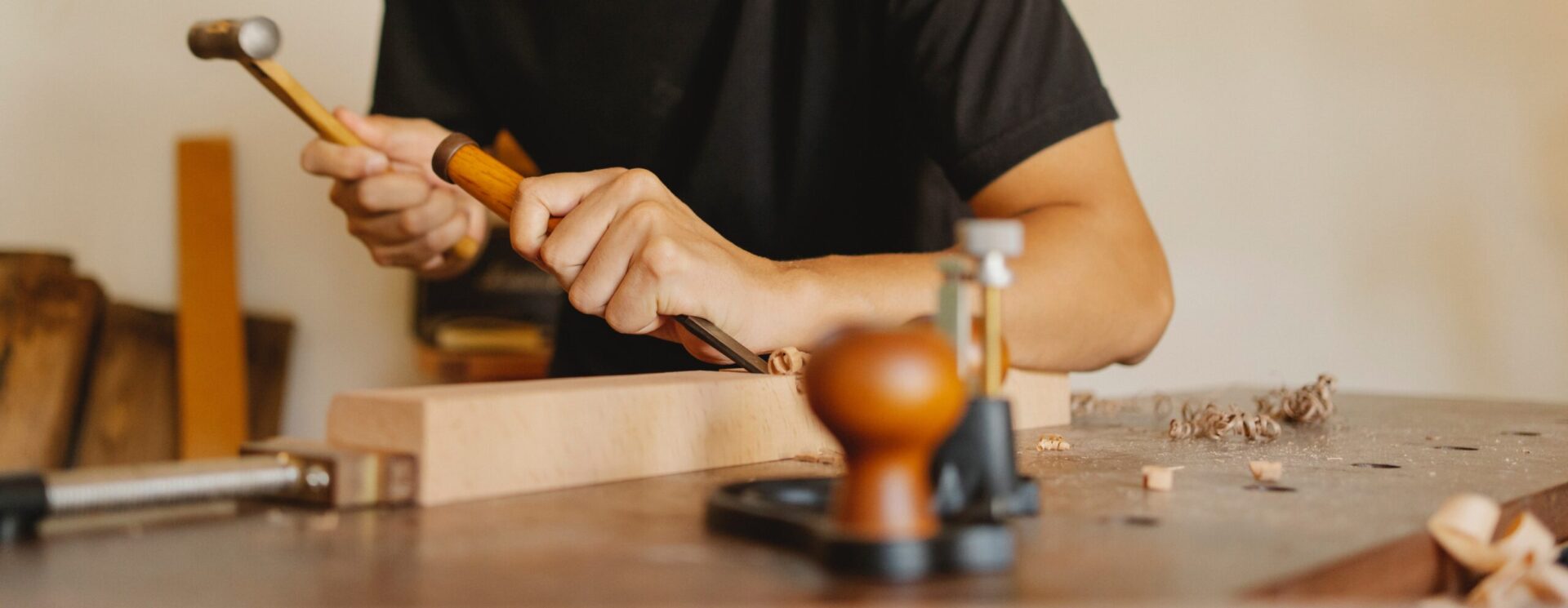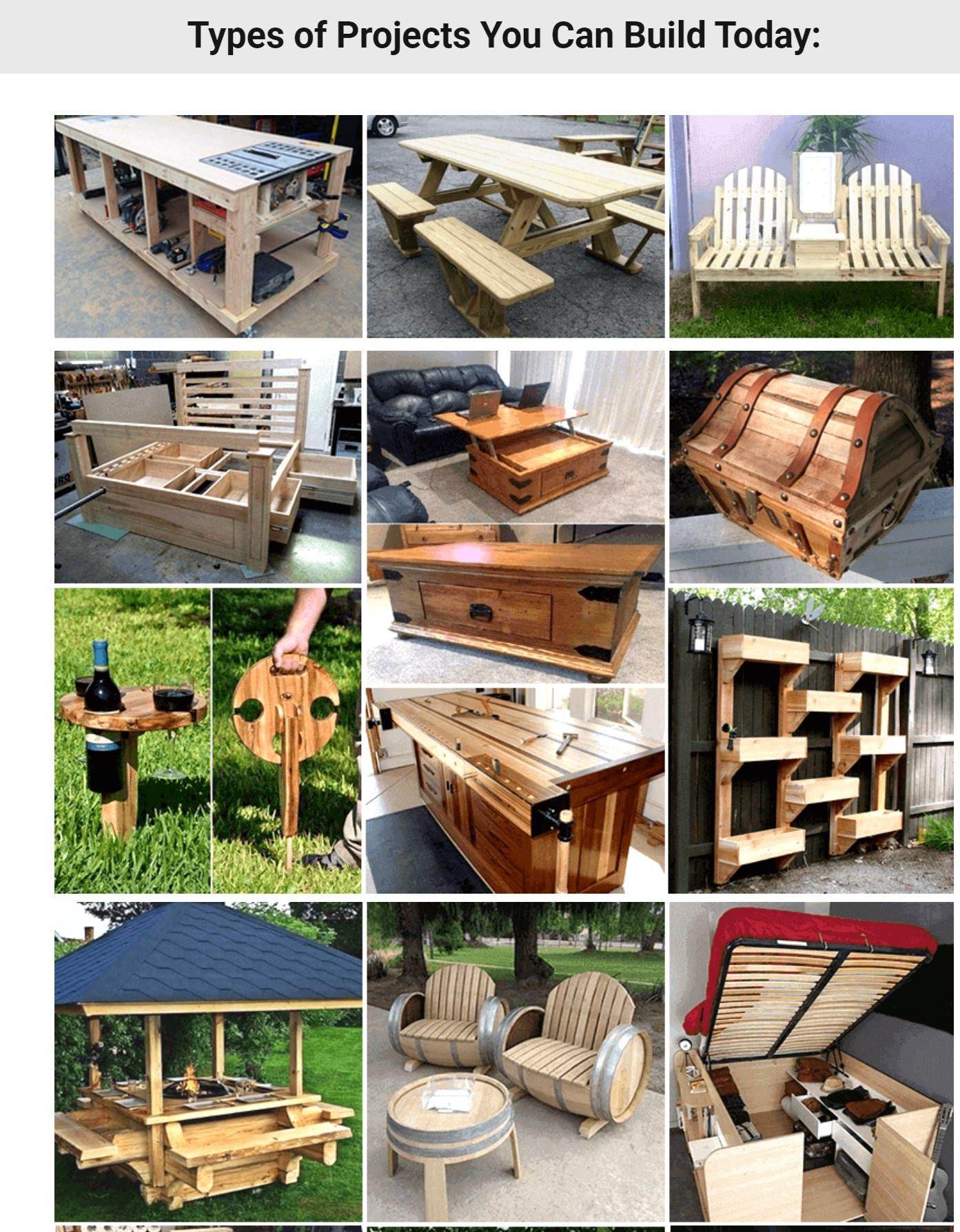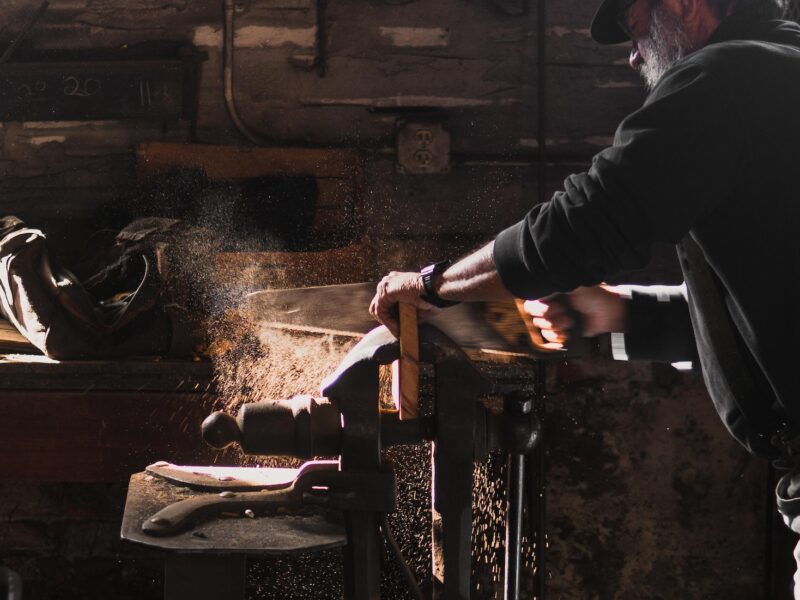So you’ve been admiring the woodworking projects from carpenters, furniture makers, and woodworkers for years. Have you ever considered learning how to build your own pieces? Do you think that it might be too difficult or require more skills than you currently have? Well, it may seem challenging at first glance, but with the right guidance and practice, you can become a beginner woodworker in no time. We all have different interests and passions in life; some people may not see the world of woodworking as one of them. However, as soon as you get started on this hobby, you will realize how much fun it is and how rewarding it can be. If this sounds like something that’s right up your alley and you want to start on the right foot, read on to discover our top 10 tips for becoming a beginner woodworker.
Step 1: Learn the Basics of Woodworking
One of the first steps to becoming a beginner woodworker is to understand the basics of woodworking and wood types. You have to have a good grasp on these before you start building your projects, or else they might not turn out as you had in mind. Understanding how the wood transforms from a tree into a table or chair can help you become more aware of the process that it takes to make a single piece of wood be used for many different things. For example, you might be surprised to know that the same piece of wood can be used to build a table and chairs as well as a fence or shelves. There are a variety of different types of wood that you can use. These include softwoods, hardwoods, and more. But before you get too excited and start picking out the wood types you want to work with, you should know that woodworking is a very demanding and difficult hobby. There aren’t many hobbies that are as tough as woodworking. You have to be prepared to work hard to succeed in this hobby. And one of the best ways to do that is to get yourself prepared with the basics of woodworking.
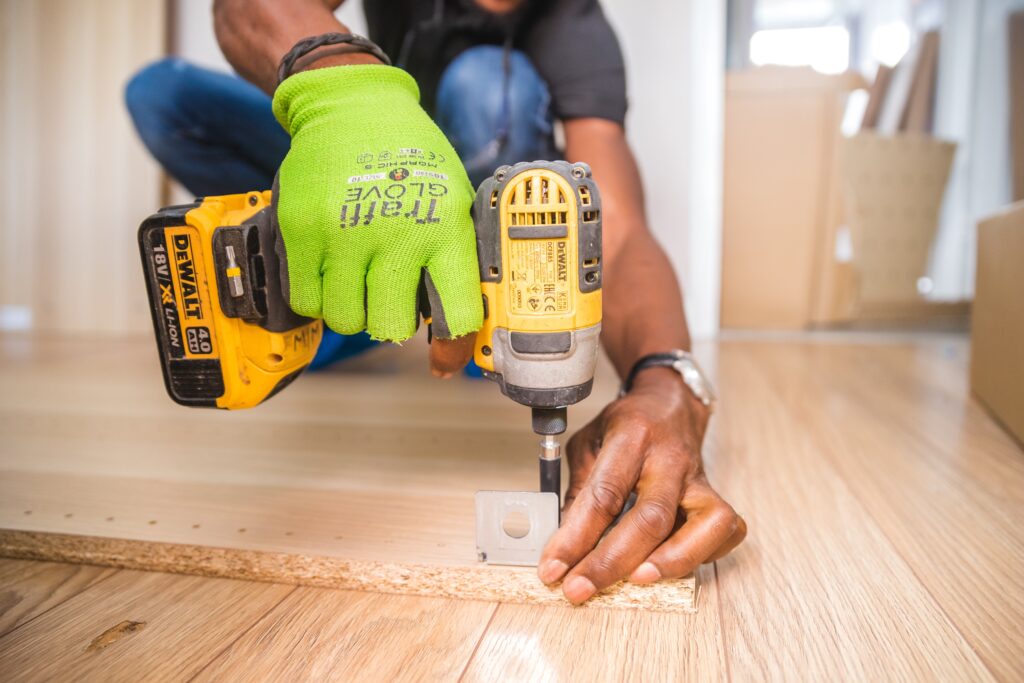
Step 2: Find the Tools that Best Suit You
This might not be a tip for becoming a beginner woodworker, but it is an important aspect of the hobby. With the wide variety of different tools out there, it can be hard to know which ones to use and which ones to avoid. Luckily, you can use our handy guide below to help you decide which tools you should get for your new hobby. Here are the different tool categories and their uses: – Saws – Saws are one of the most important tools in the woodworking shop. They can be used for cutting, shaping, and ripping. There are two different types of saws that you can use. They are either a hand saw or a power saw. Hand saws can be used for smaller projects while power saws are better for bigger projects. – Drills – Drills are another one of the most important tools that you will use in a woodworking shop. They are used to make holes in wood pieces. There are two different types of drills that you can use. These are cordless drills and socket drills. Cordless drills are smaller and more portable while socket drills have a larger design. – Hammers – Hammers are used to drive nails and wood pieces together. There are many different types of hammers and each one is used for a different purpose. A claw hammer is used for removing nails, a finish hammer is used for finishing pieces of wood, and a framing hammer is used for building things. – Scissors – Scissors are used for cutting materials such as paper and fabric. You should get a good pair of scissors such as a paper snips, fabric shears, or a utility knife. – Files – Files are used for shaping and smoothing wood pieces. You should get a set of three different files: a rough file, a smooth file, and a square file. – Clamps – Clamps are used for gluing wood pieces and holding them in place while they dry. There are many different types of clamps that you can use. They are very useful tools to have in your woodworking shop. – Levels – Levels are used for making sure that your wood pieces are straight and level. There are many different types of levels such as a torpedo level, a sliding level, and a carpenter’s level. – Measuring Tools – There are many different measuring tools that you can use in your woodworking shop. These include measuring tapes, rules, and marking gauges.
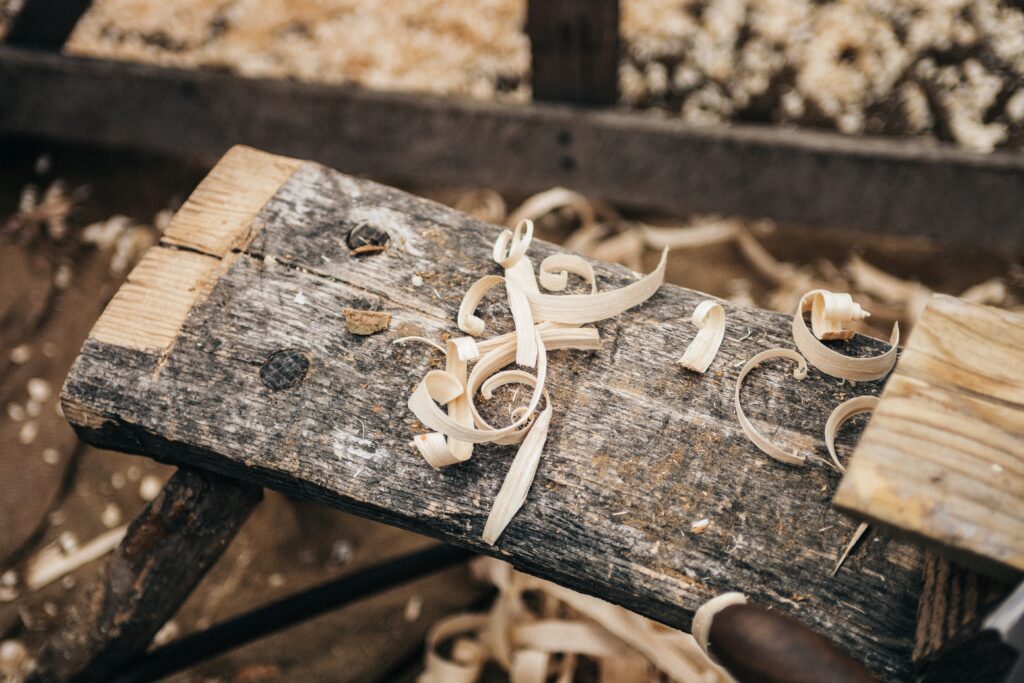
Step 3: Learn How to Use Your Tools
Now that you know which tools you will be using in your woodworking shop, you also have to know how to use them. This is especially important when it comes to the power tools because you don’t want to hurt yourself. Here are some tips and tricks for using the most important tools in your woodworking shop. – Saws – When you use a saw for your woodworking projects, it’s important to make sure that it is sharp and in good working condition. You should periodically sharpen your saws and make sure that they are clean and oiled. When you use a saw, it is important to make sure that you cut with the grain of the wood. When you cut against the grain, the wood will be more likely to splinter and break. – Drills – When using a drill, you have to make sure that you have the appropriate drill bit for the material that you are drilling into. You should also make sure that you are using the correct speed setting for the material that you are drilling into. If you are drilling into a soft material, you will want to use a slower speed setting than if you were drilling into a hard material. – Hammers – When you are hammering nails and pieces of wood together, you want to make sure that you are striking the nail head squarely and squarely in the middle. This will help your nails to go in straight and secure. – Scissors – When you use scissors, you want to make sure that you are cutting with the grain of the material. If you are using scissors to cut fabric, you also want to make sure that you are cutting on the bias. If you are using scissors on paper, you don’t have to cut on the bias but you do want to make sure that you hold the scissors at an angle and cut with the grain of the paper. – Files – When you are using a file, it is important to file with the grain of the wood in one smooth stroke. You don’t want to make several passes because it will cause the wood to crack and splinter. – Clamps – When you are gluing two pieces of wood together, you want to make sure that they are completely lined up and flush before you clamp them together. If you don’t do this, the glue won’t be able to make a strong bond. – Levels – When you are using a level, it is important to make sure that you are using it correctly. When you are using a level, the bubble in the middle of the level should be right in the middle of the wood pieces that you are using it on. – Measuring Tools – When you are measuring materials in your woodworking shop, you want to make sure that you are using the correct ruler. If you are measuring a long piece of wood, you want to use a ruler that is longer than the wood piece. If you are using a shorter ruler, it won’t be long enough to measure the entire piece of wood.
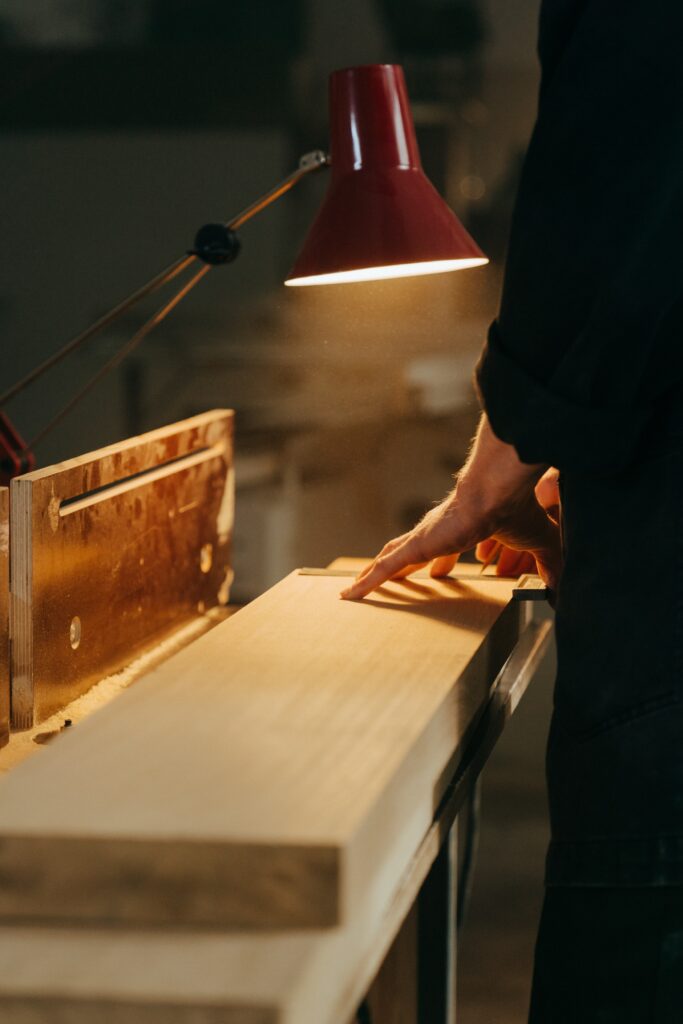
Step 4: Practice, Practice and More Practice
Now that you know the basics of woodworking, know which tools to use, and how to use them, the only thing left to do is practice. You have to get yourself in the shop and start working on projects. There is no way around this. You have to get your hands dirty and get started. You can make projects out of almost anything. You can use scraps of wood pieces from your local hardware store, old pieces of furniture that need to be repaired, or you can buy scrap pieces of wood online. Whatever you have available to you, you have to make use of it and get started on your woodworking projects. You have to keep in mind that these projects are going to be very different from what you are used to. They will be more challenging than what you are used to, but that’s also what makes it more exciting.

Step 5: Setup your woodworking shop
You will want to setup a dedicated area for your tools and projects, woodworking can take up a lot of space! If you haven’t setup your shop yet check our article on setting up your perfect woodworking shop in your garage today here! https://learnwoodworkingnow.com/the-step-by-step-information-to-setting-up-a-woodworking-store-in-your-storage/
Conclusion:
Woodworking is a great hobby for people of all ages, interests, and skill levels. Woodworkers come from all different backgrounds, and there are so many ways to get involved in this craft. Whether you’re a parent looking for an activity to share with your child or someone who wants to learn more about the world of carpentry, there are so many opportunities available to you. Woodworking requires dedication and patience—especially at first—but it can be very rewarding once you see your finished projects. In this blog post we’ll go over some beginner woodworking tips as well as some advice on getting started with this wonderful hobby.
